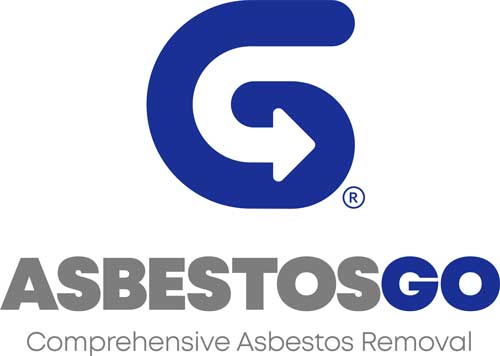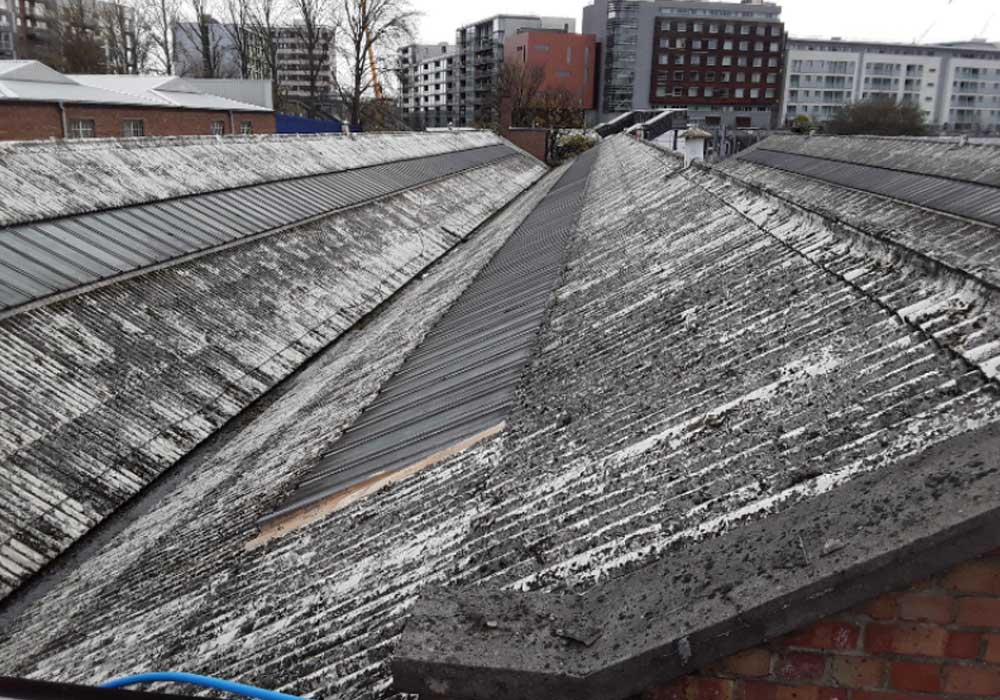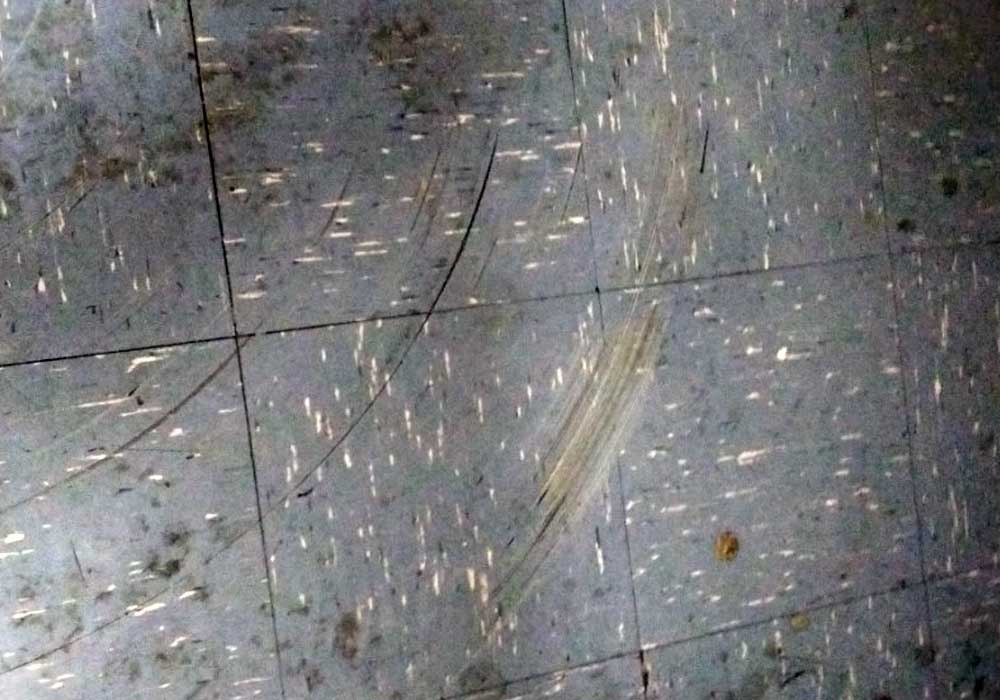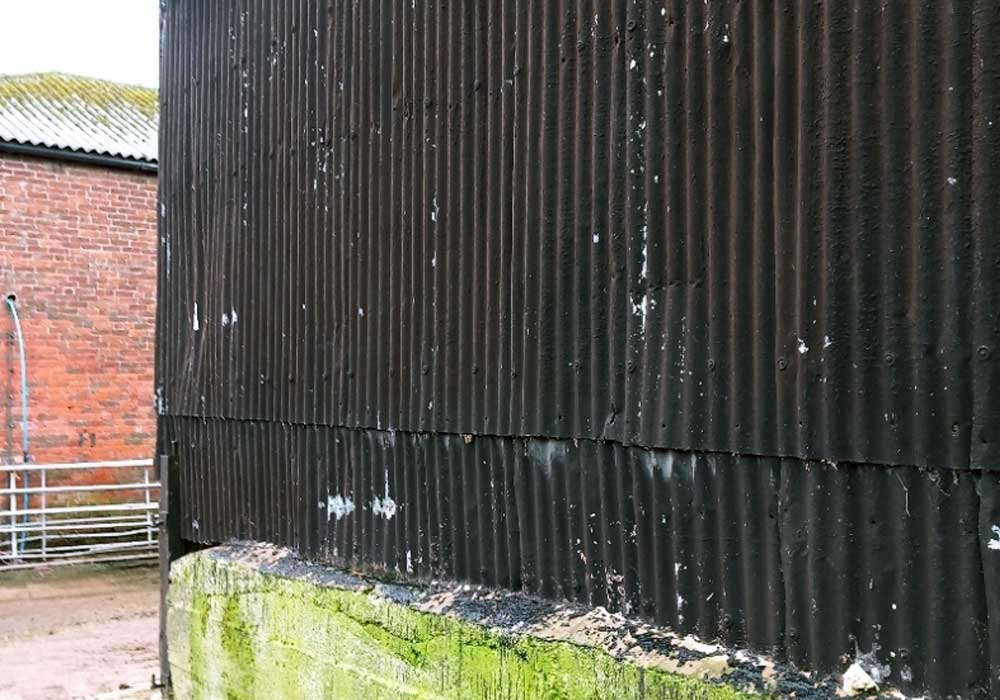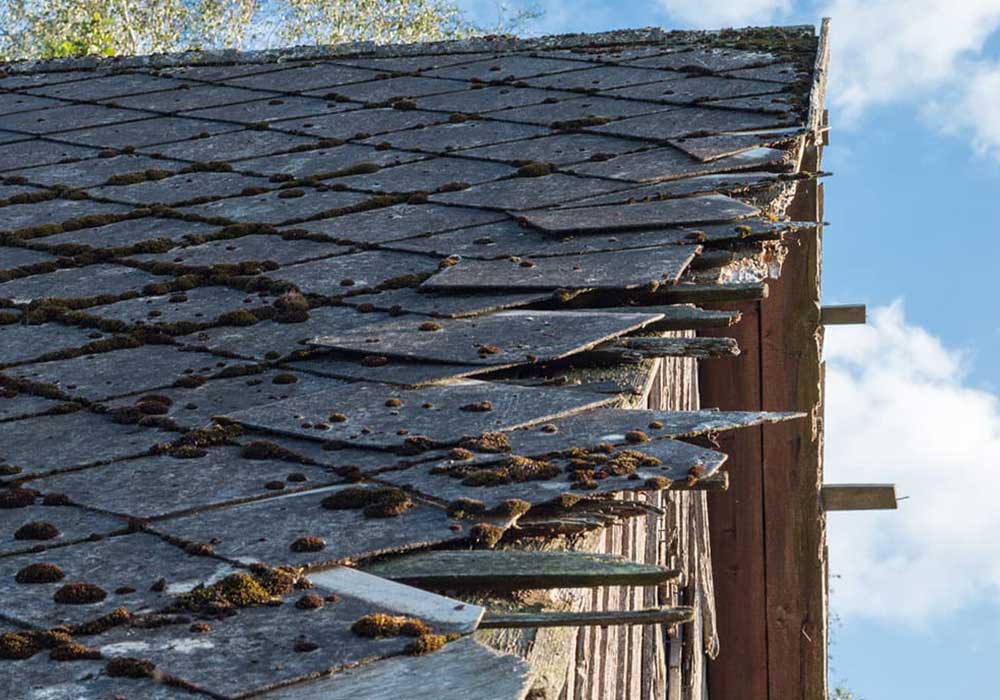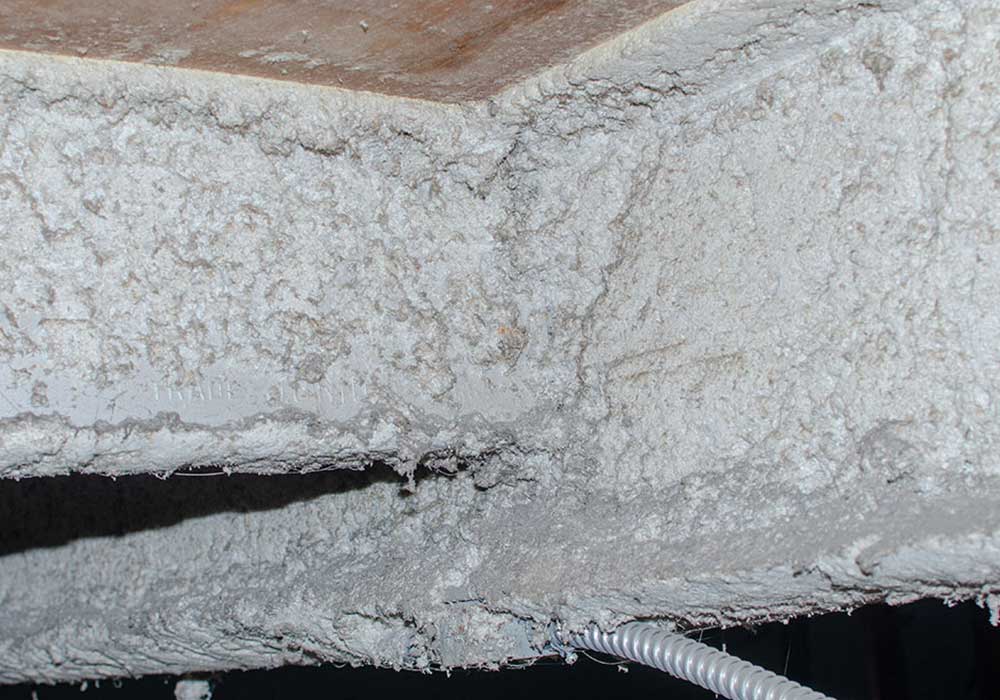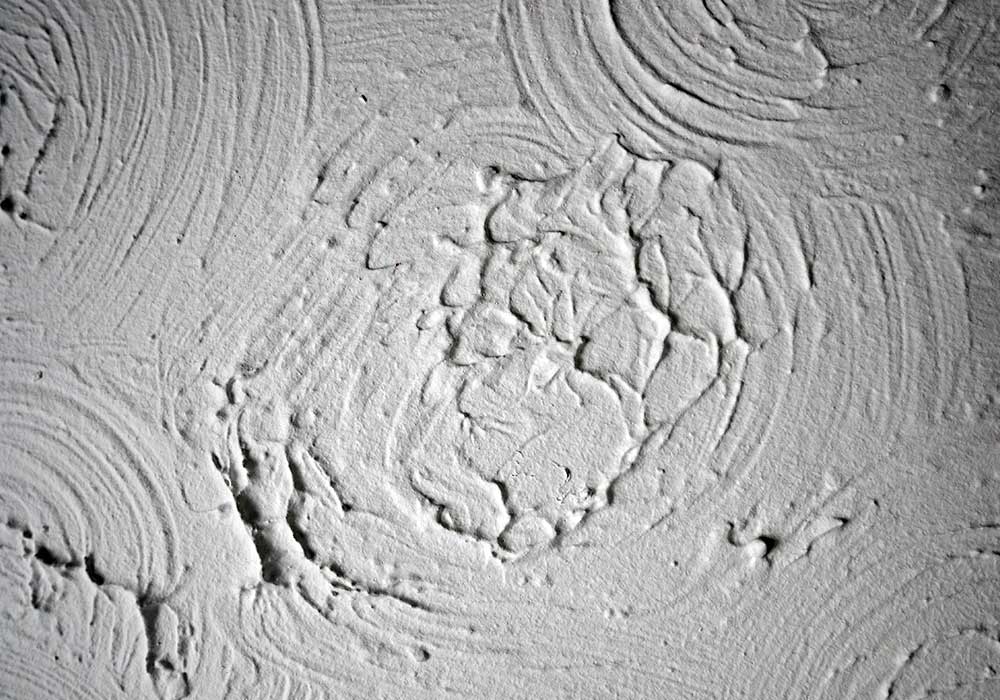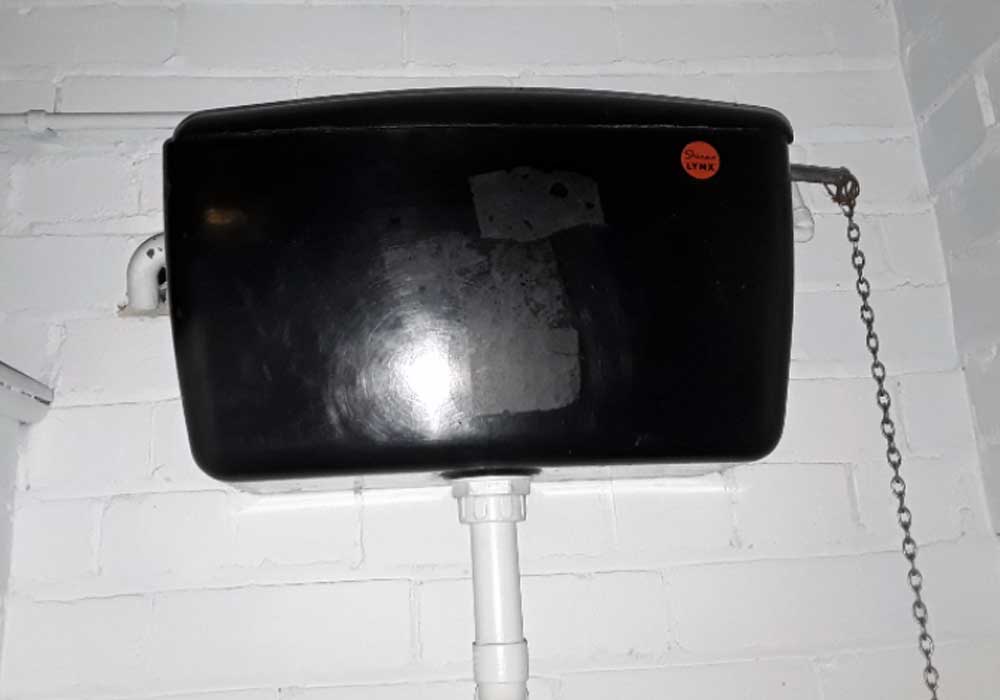Asbestos Cement
Asbestos cement products were widely used in construction during the 20th century due to their durability, fire resistance, and affordability. These products typically consist of a mixture of cement and asbestos fibres, which were combined to create various construction materials. While asbestos cement products do offer certain advantages, they also present serious health risks due to the presence of asbestos fibres.
Here’s a description of common asbestos cement products:
- Roof Sheets: Asbestos cement roof sheets were a popular choice for roofing material in residential, commercial, and industrial buildings. They provided excellent weather resistance and durability. However, over time, these sheets can deteriorate, potentially releasing asbestos fibres into the air.
- Rainwater Goods: Asbestos-containing rainwater goods include items like gutters and downspouts. The presence of asbestos in these components can pose a risk when they require maintenance, repair, or replacement.
- Flues: Asbestos cement flues were used for chimneys and ventilation systems in buildings. Due to the high heat resistance of asbestos, it was a preferred material for such applications. However, any damage or disturbance to asbestos flues can release harmful fibres into the environment.
- Wall Panels: Asbestos cement wall panels were used in both residential and commercial construction. They provided insulation and fire-resistant properties. When remodelling or demolishing structures with asbestos-containing wall panels, precautions are essential to prevent asbestos exposure.
- Ceiling Panels: Asbestos-containing ceiling panels were used in many buildings for acoustic and fireproofing purposes. Like other asbestos cement products, they can release fibres when damaged.
- Water Tanks: Asbestos cement water tanks were used for storing water in both residential and industrial settings. The presence of asbestos in these tanks can become a concern when they need maintenance or repair.
- Other Products: Asbestos cement was also used in a variety of other construction products, including pipes, siding, and decorative elements. Each of these products can pose a risk if they contain asbestos and are disturbed or deteriorate.
- Health Risks: The primary concern with asbestos cement products is the potential release of asbestos fibres when the materials become damaged, weathered, or disturbed. Inhalation of these fibres can lead to severe health conditions, including lung cancer, mesothelioma, and asbestosis.
- Identification and Removal: It is essential to identify asbestos-containing cement products and have them professionally removed if they need maintenance, repair, or replacement.
In conclusion, asbestos cement products, including roof sheets, rainwater goods, flues, wall panels, ceiling panels, and water tanks, were widely used in construction due to their properties. However, their potential health risks require careful handling, identification, and removal to ensure the safety of workers and building occupants.

